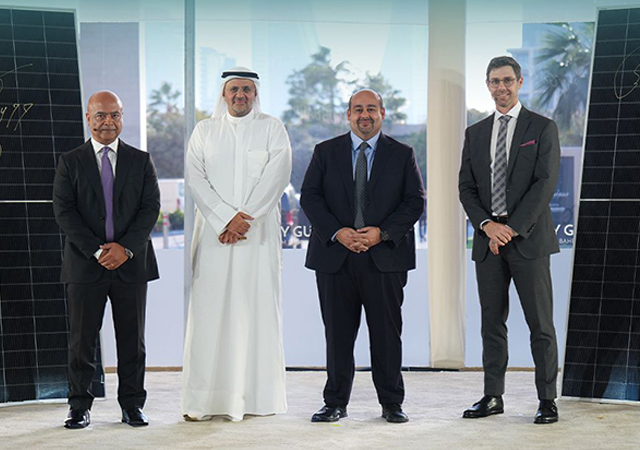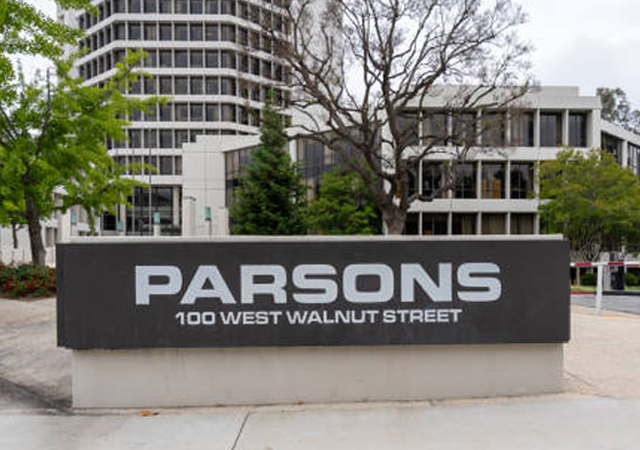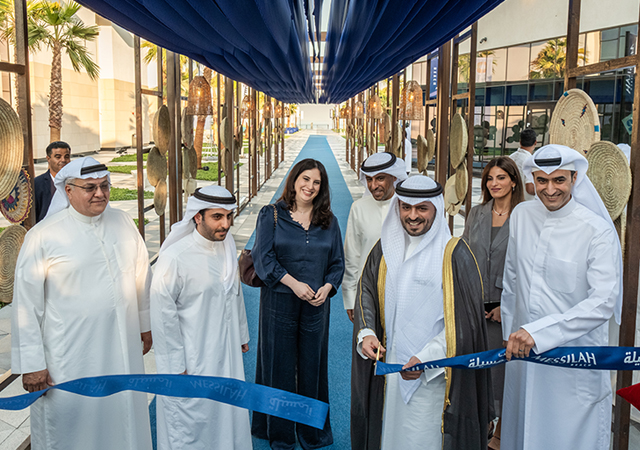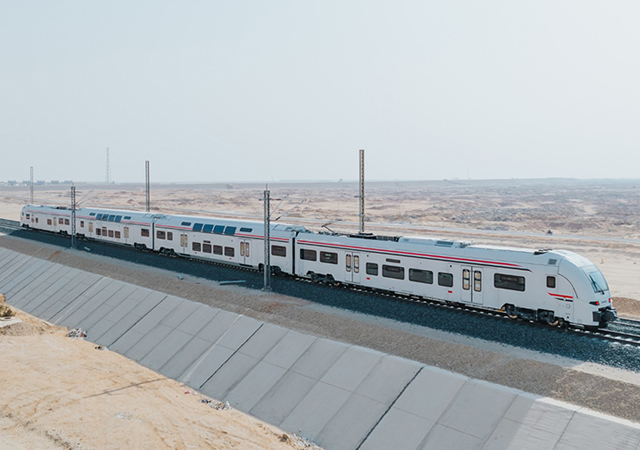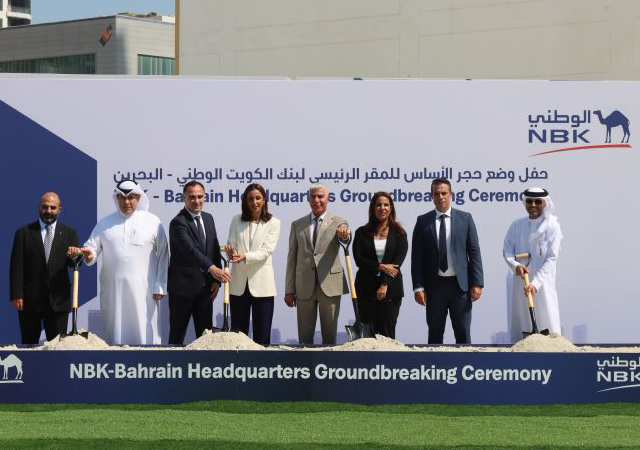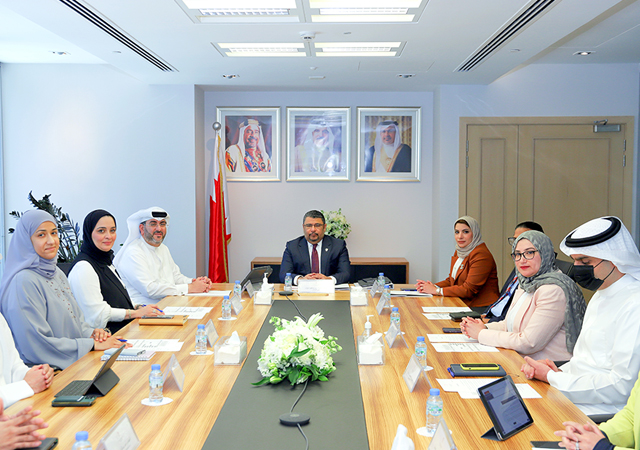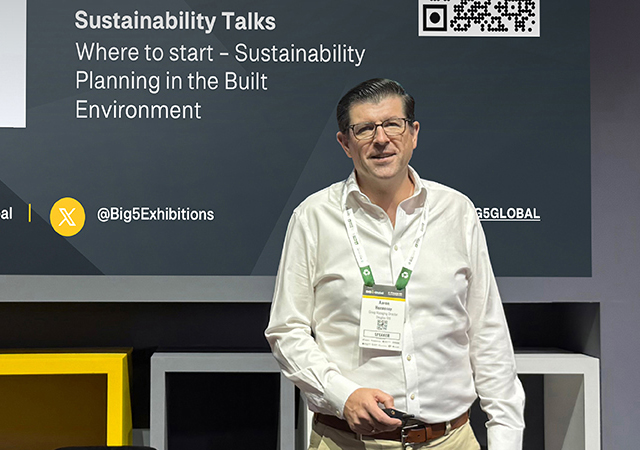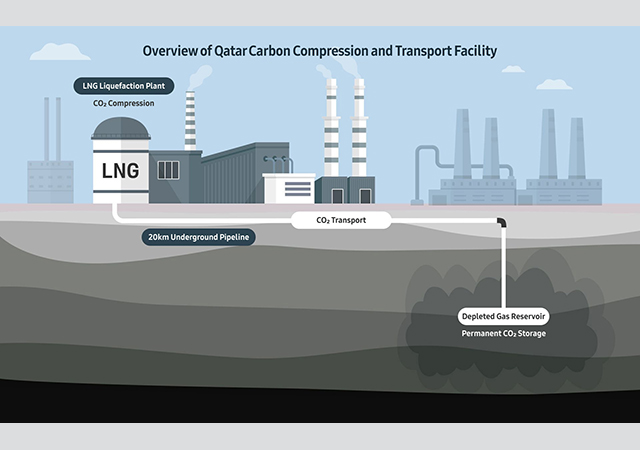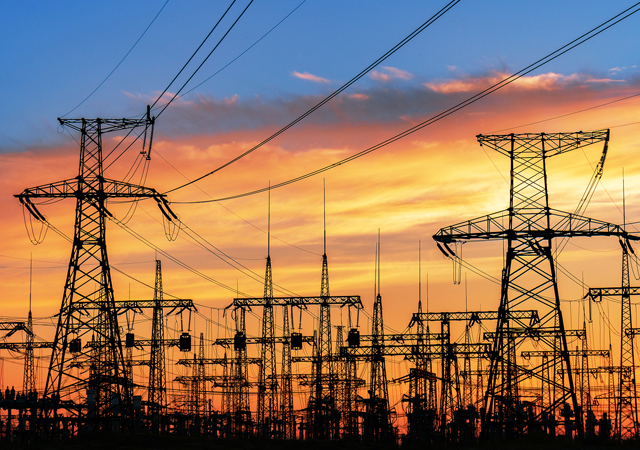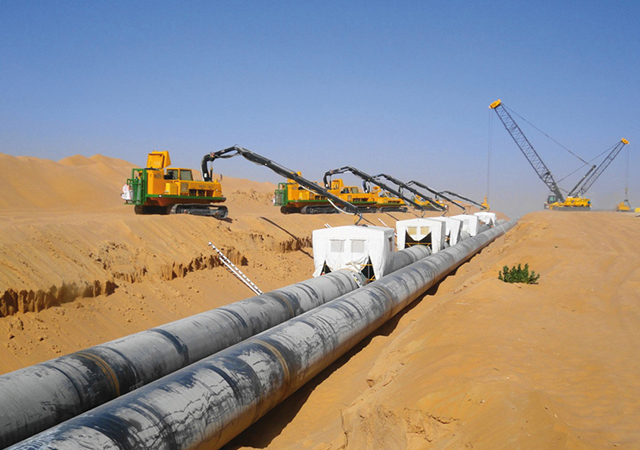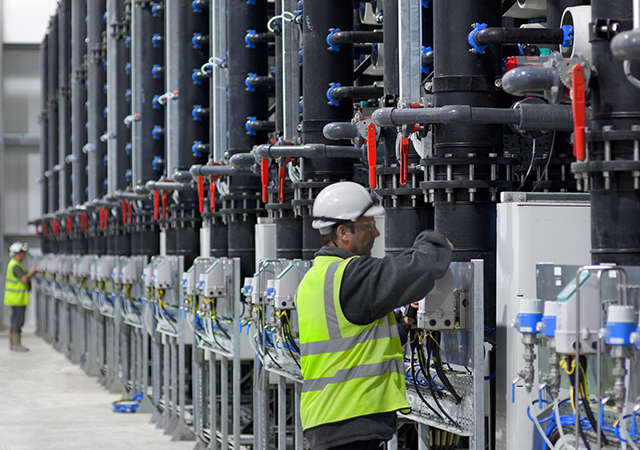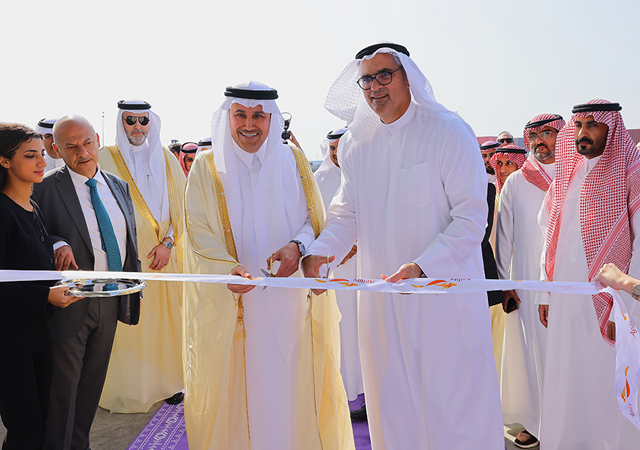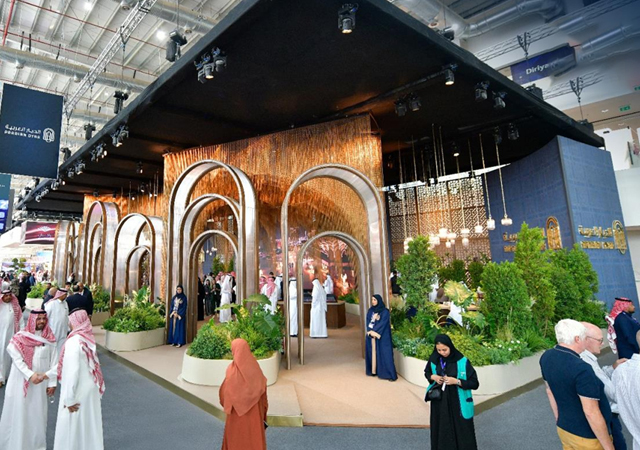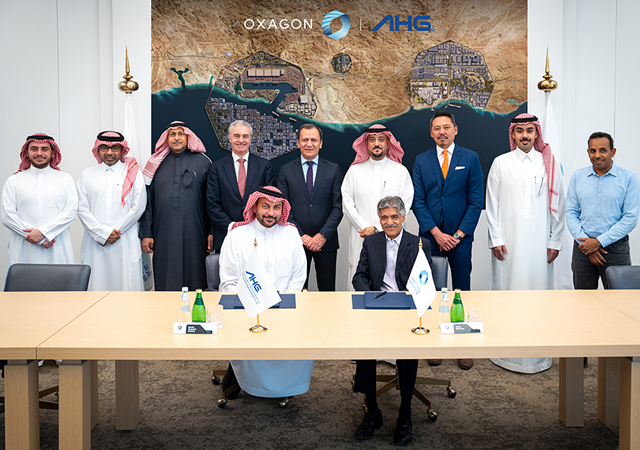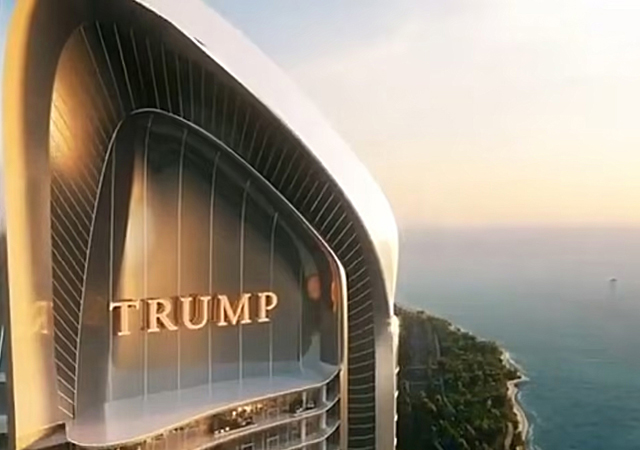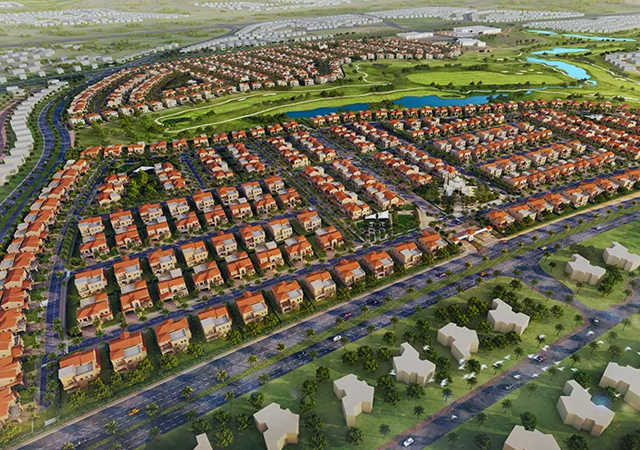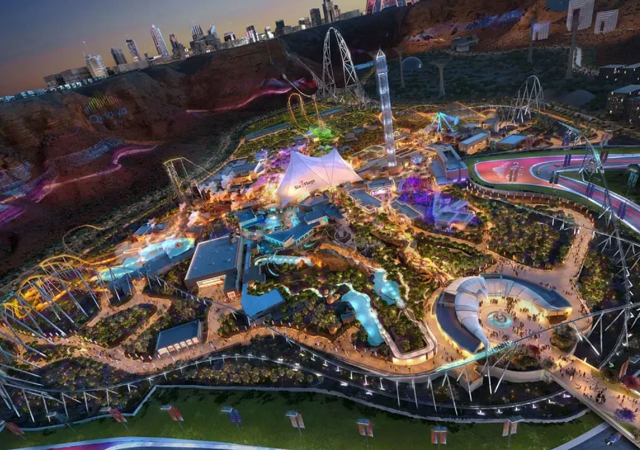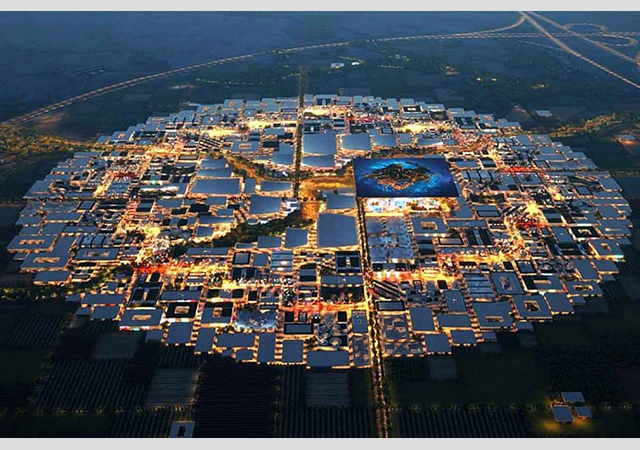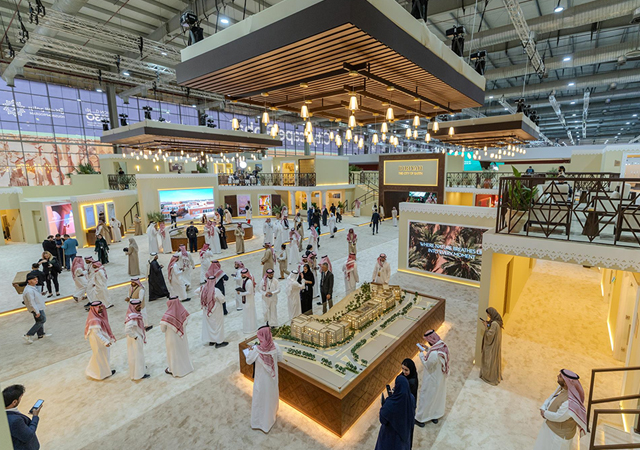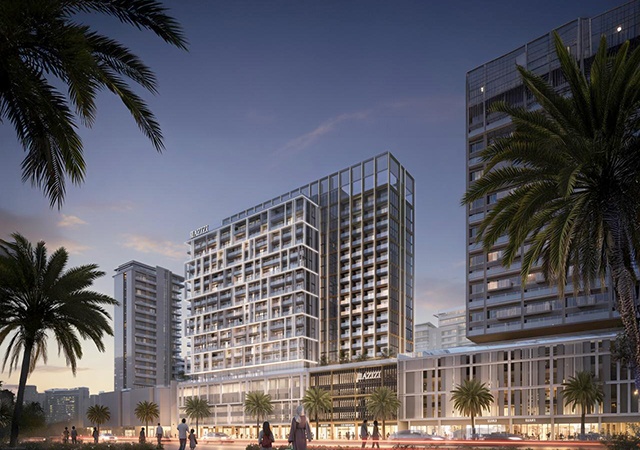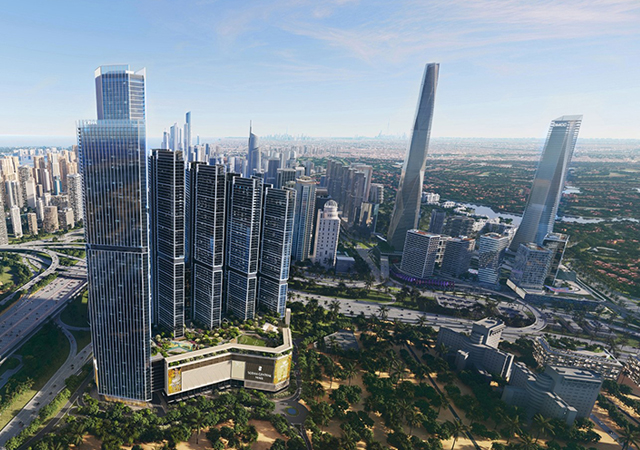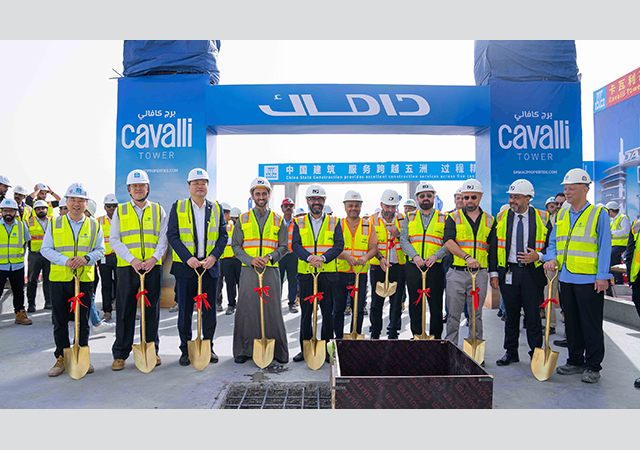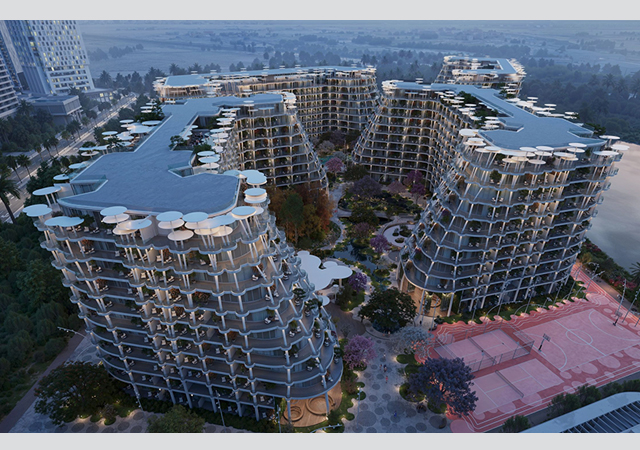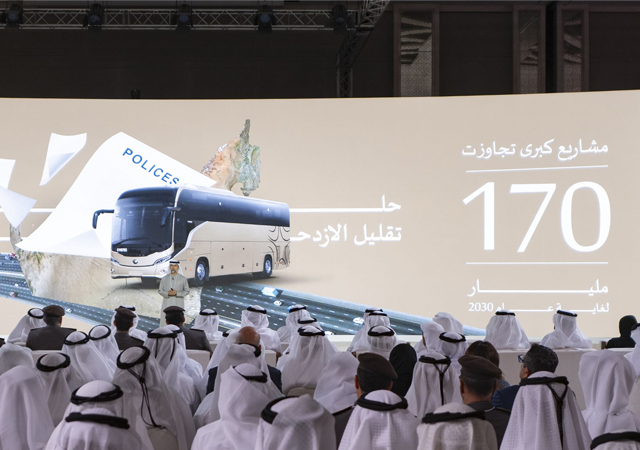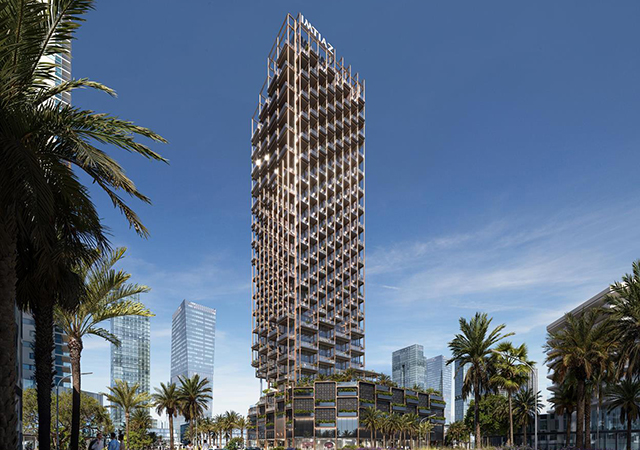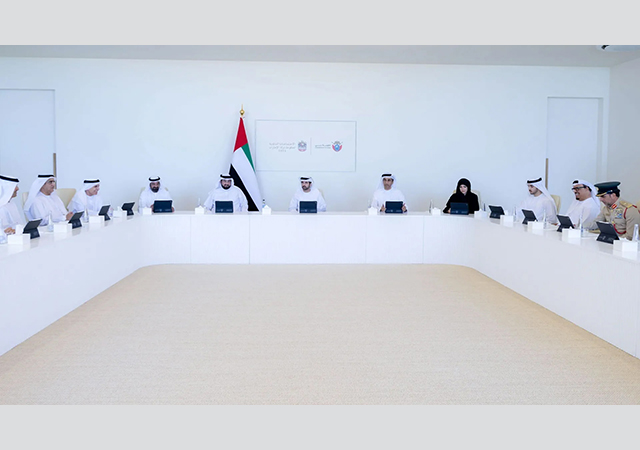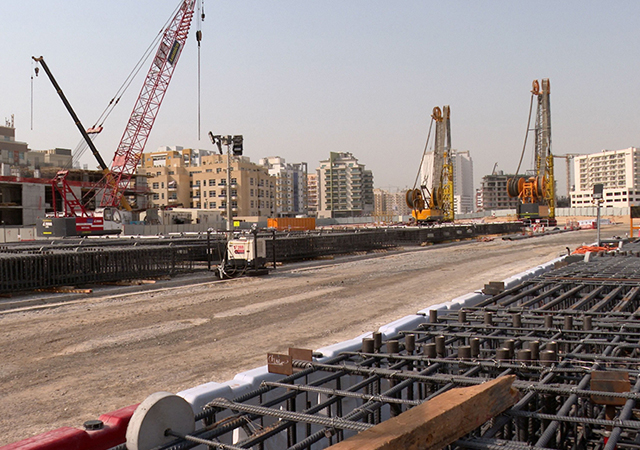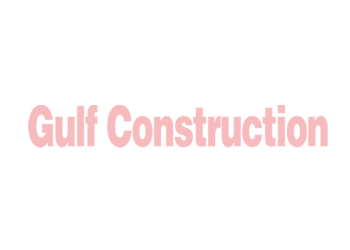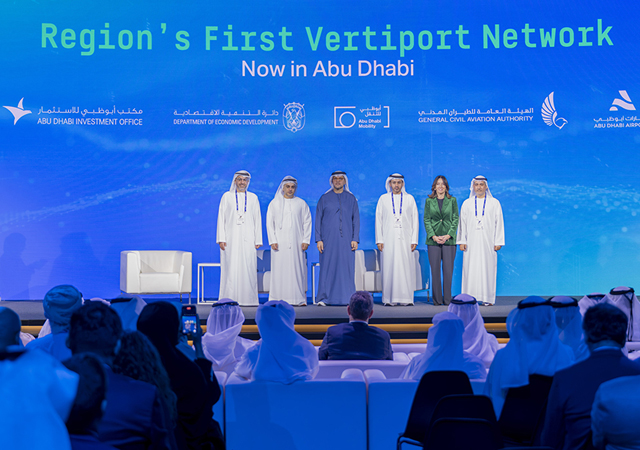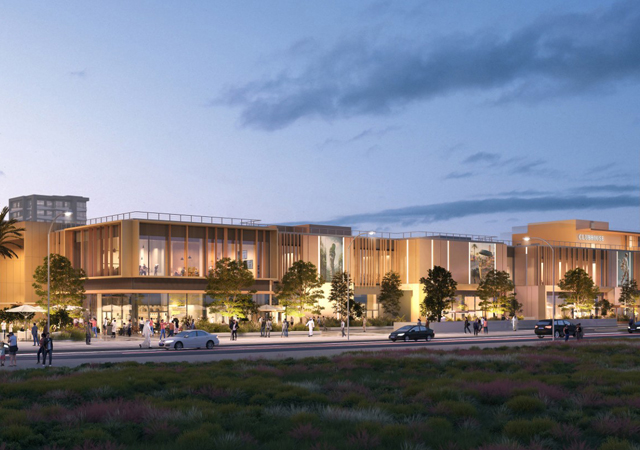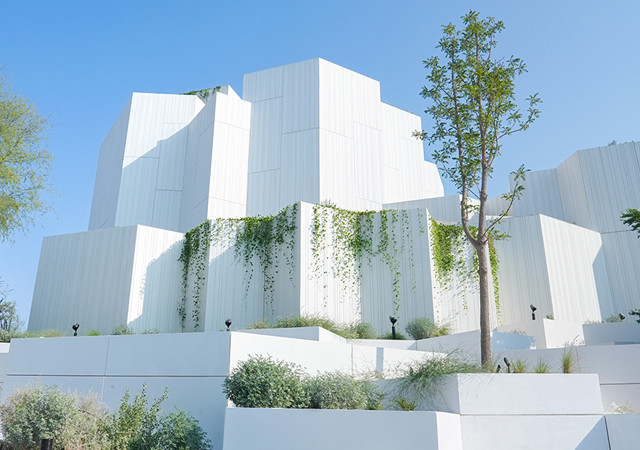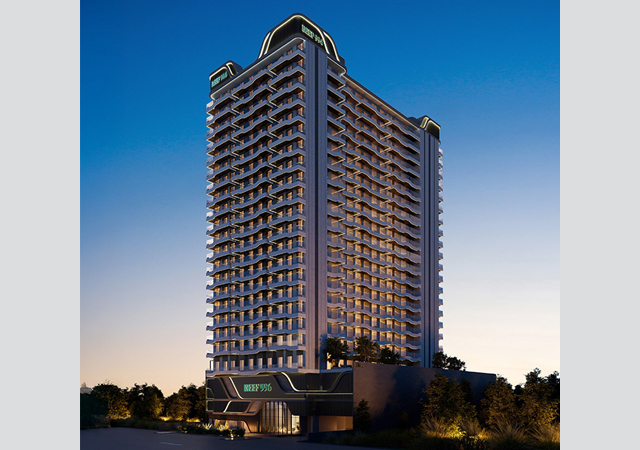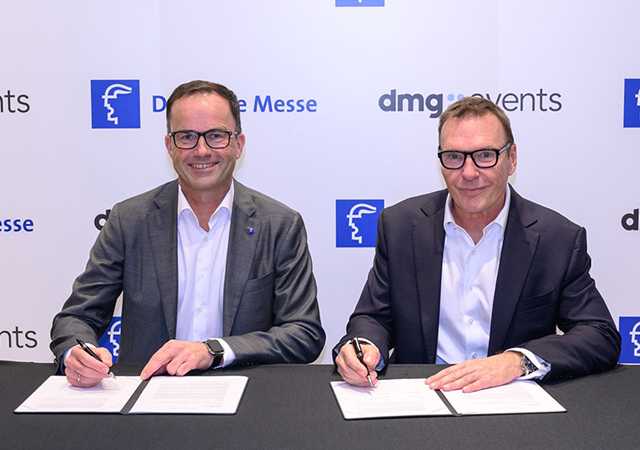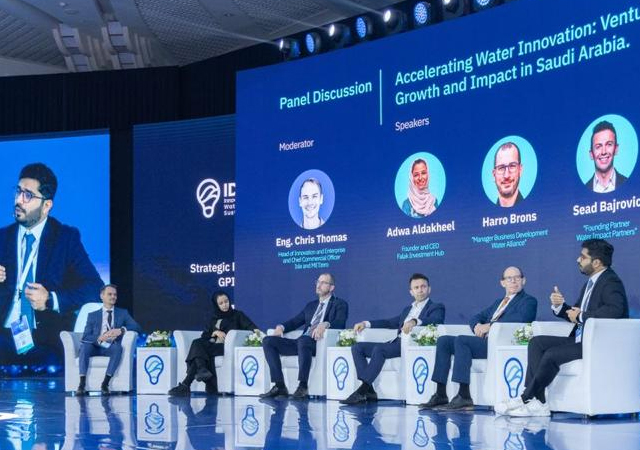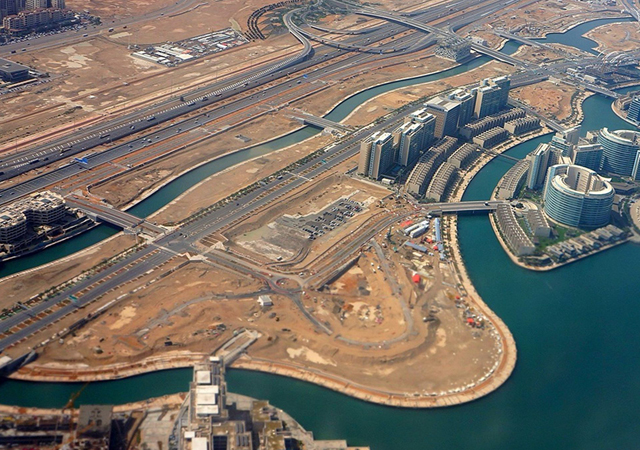
 The Sama Salt Factory is located in Abu Dhabi.
The Sama Salt Factory is located in Abu Dhabi.
Sabkha soils, which are common in rapidly urbanising regions like the Arabian Gulf, pose significant construction challenges that necessitate solutions to mitigate subsidence and ensure safe, durable land use.
Derived from the Arabic word for “salt flat”, sabkha refers to flat, low-lying areas common in arid regions.
Sabkha soils are characterised by their loose, compressible nature, limited bearing capacity and extremely high salt content, with brine salinity levels up to six times higher than seawater. Their loose structure allows high water infiltration. When wet, the dissolution of salt-binding agents weakens the soil, causing it to collapse. Upon drying, salt crystallisation and recrystallisation can result in heaving, further destabilising the ground.
The fragility of the soil structure, combined with the hydration-dehydration cycle, amplifies instability, making specialised engineering solutions essential for construction.
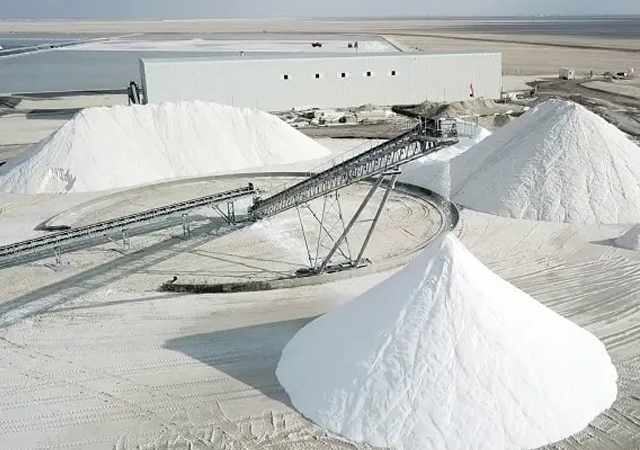 |
|
The Sama Salt Factory |
Sabkha soils are widespread along the Arabian Gulf coast, a region housing significant infrastructure such as petrochemical plants, residential complexes and recreation centres. Studies reveal that sabkha soil’s collapse potential increases with greater applied loads and higher compaction fluid content.
With multi-billion-dollar investments being made in petrochemical and residential projects, the need for effective soil stabilisation methods has never been greater.
Stabilisation methods
Given the prevalence of sabkha soils and the impracticality of avoiding construction on them, soil stabilisation is a crucial consideration. Various methods have been explored to address these issues.
Mechanical stabilisation methods include preloading, stone columns and dynamic compaction.
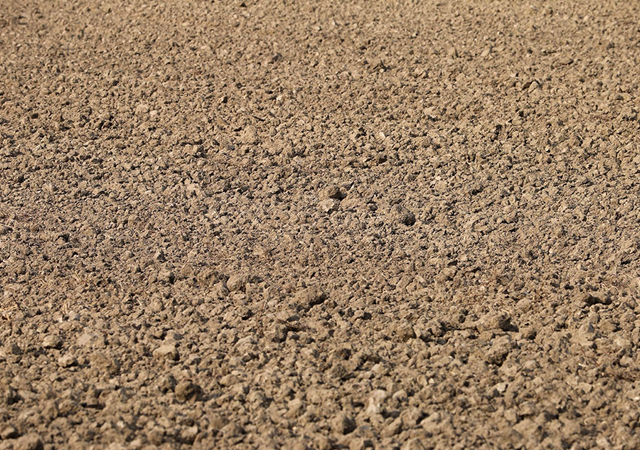 |
|
Sabkha soil ... The fragility of the soil structure, combined with the hydration-dehydration cycle, amplifies instability, making specialised engineering solutions essential. |
Preloading is effective for shallow layers but is time-intensive and prone to uncertain settlement. Stone columns, though useful for denser soils, often encounter challenges in very soft sabkha conditions and can lead to differential settlement. Dynamic compaction, on the other hand, can improve deeper soil layers but generates significant noise and vibrations and risks soil liquefaction in saturated conditions.
Chemical stabilisation involves the use of traditional binders such as Ordinary Portland Cement (OPC), lime or cement kiln dust.
These methods are effective in improving soil stability, but OPC production, in particular, has significant environmental drawbacks, contributing eight per cent of global CO2 emissions from industrial and energy-related sources. This raises serious concerns, particularly in the current global push for sustainability.
Each of these solutions requires an in-depth knowledge of soil composition. This is critical because it influences the soil’s strength, stability and response to environmental factors. These, in turn, affect the choice of stabilisation method, project cost, sustainability and the long-term safety of the future infrastructure.
Geopolymer injection offers a more sustainable alternative to these methods. It resists hydration-dehydration cycles and has been shown to maintain stability with minimal weight loss and volume change, even after repeated wetting and drying cycles. While analysis of the soil composition is also required here, it is more flexible and effective in a wider range of soil types than traditional methods.
Real world application
The advantages of geopolymer solutions are vividly demonstrated in the case of the Sama Salt Factory in Abu Dhabi. This facility – which currently produces over 250,000 tons of salt annually and plans to expand capacity to over two million tons, – faced significant operational challenges due to sabkha soil.
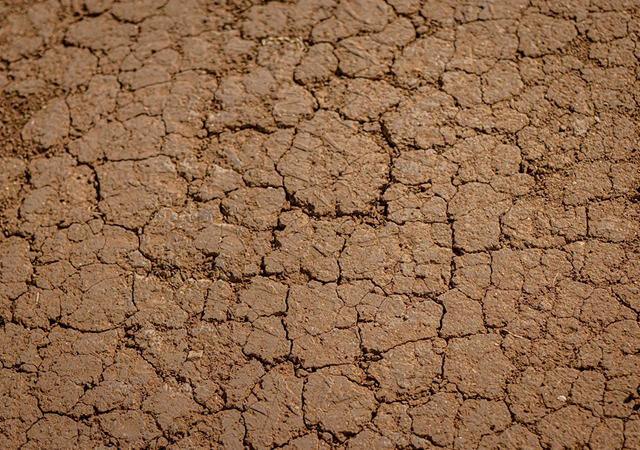 |
|
Sabkha soil ... The fragility of the soil structure, combined with the hydration-dehydration cycle, amplifies instability, making specialised engineering solutions essential. |
Settlement issues caused some areas to sink by as much as 100 mm, resulting in uneven concrete floors that disrupted machinery operations. Traditional mechanical or chemical stabilisation methods were unsuitable due to the factory’s need to remain fully operational and avoid downtime.
Instead, Geobear, a leading global ground engineering company with offices in the UAE, implemented its geopolymer solution, completing the project in just seven days while the factory continued running without interruption. The process involves injecting the resin-based material into specific points, where it fills voids, strengthens the soil and binds it together.
At the Sama Salt Factory, Geobear deployed 65 injection points at a depth of 16 mm, using 1,405 kg of geopolymer resin. While the primary goal was ground improvement and stabilisation to prevent further subsidence, Sama Salt also requested a lift of the already subsiding areas.
This presented a significant challenge due to poor soil conditions and a high water table, which further compromised stability.
However, in addition to achieving ground stabilisation, Geobear successfully implemented the lift. The rapid stabilisation restored operational efficiency, enhanced the long-term stability of the soil and restored the factory to satisfactory municipal standards within six weeks of initial contact.
While building on sabkha soils is often unavoidable in certain regions, advanced approaches like geopolymer technology offer a strategic way to mitigate associated risks. As urbanisation progresses in areas with difficult soil conditions, adopting more environment-friendly techniques will play a crucial role in ensuring stable and resilient infrastructure.
Finland-headquartered Geobear is a global ground engineering specialist and contractor which provides unintrusive ground engineering solutions. With more than 40 years of experience and over 200,000 completed projects, Geobear is a global leader in soil stabilisation, void-filling, floor and slab revelling, slab stabilisation, and other ground improvement solutions caused by various geological conditions such as soil and clay shrinkage and expansion, resulting in subsidence and settlement.
Geobear serves customers across the residential, commercial, and infrastructure sectors with a more sustainable built asset stabilisation solution when compared to traditional technologies such as underpinning.
* Mohamed Wehbi is Technical Director at global ground engineering company Geobear.



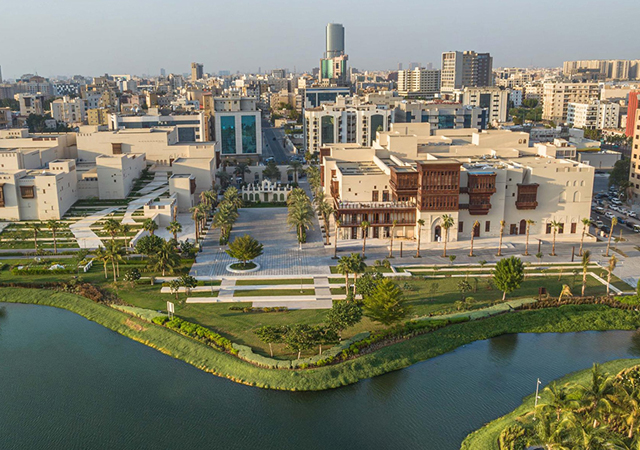
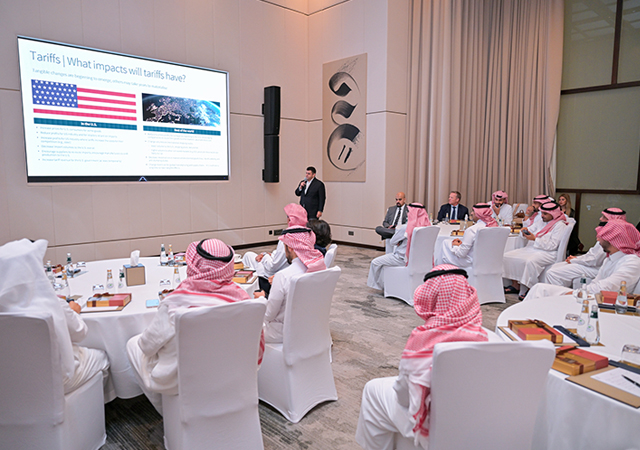
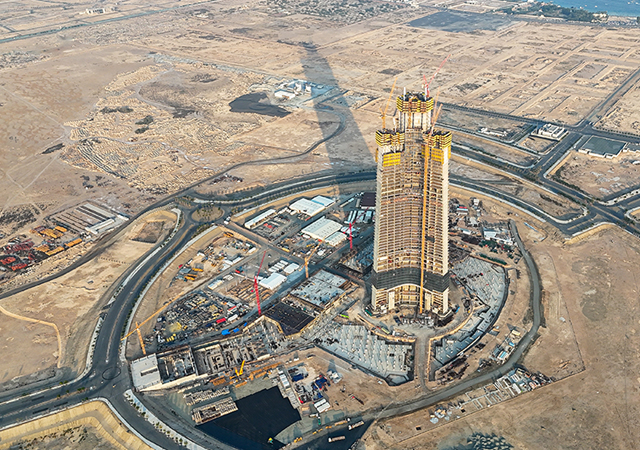
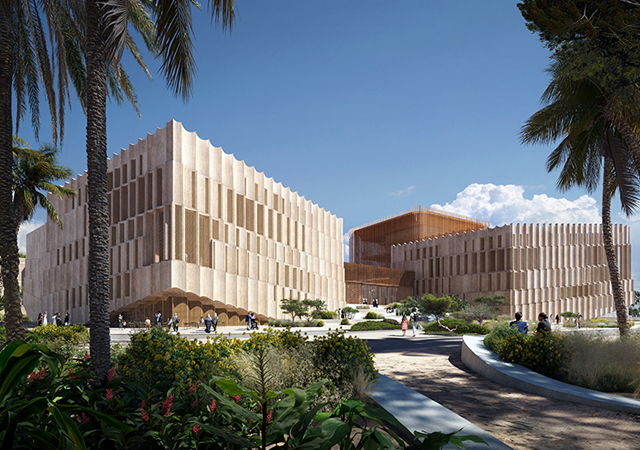
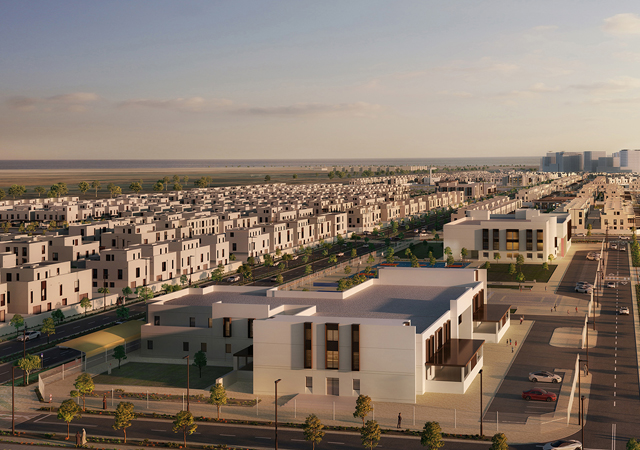
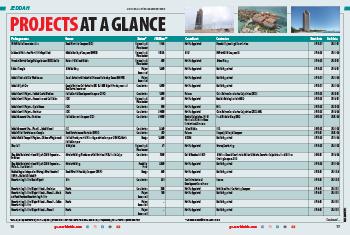
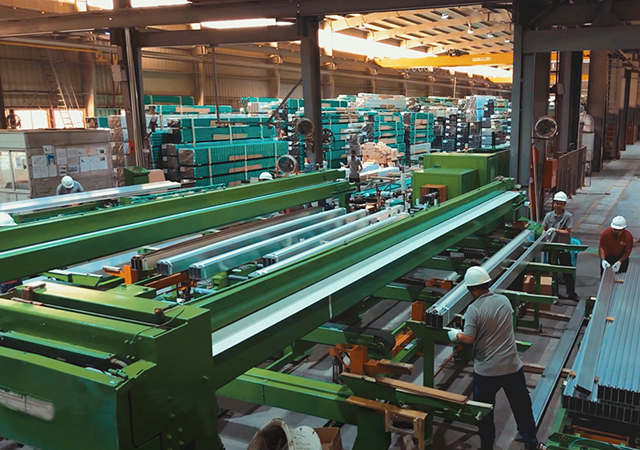

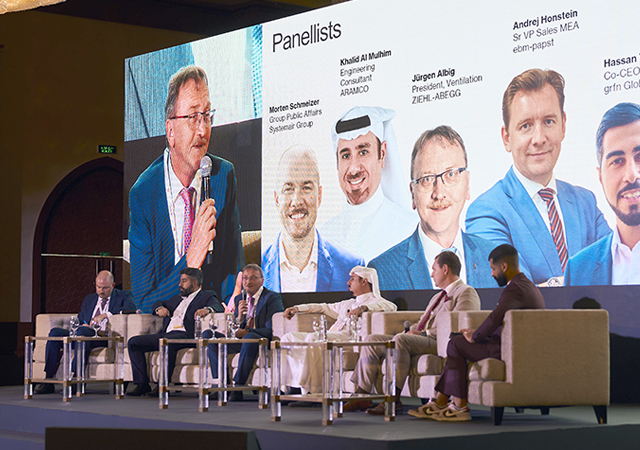
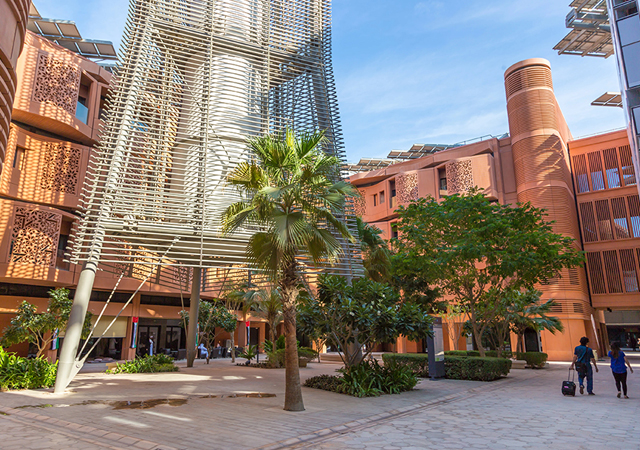
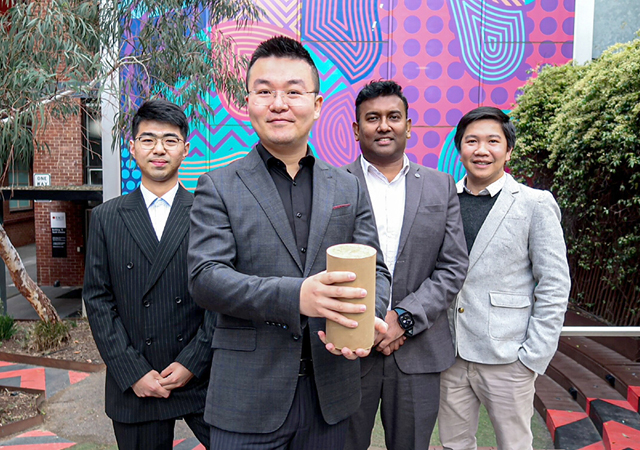


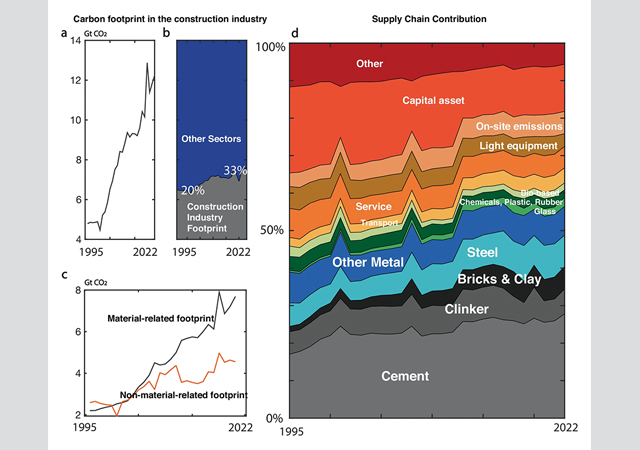
.jpg)
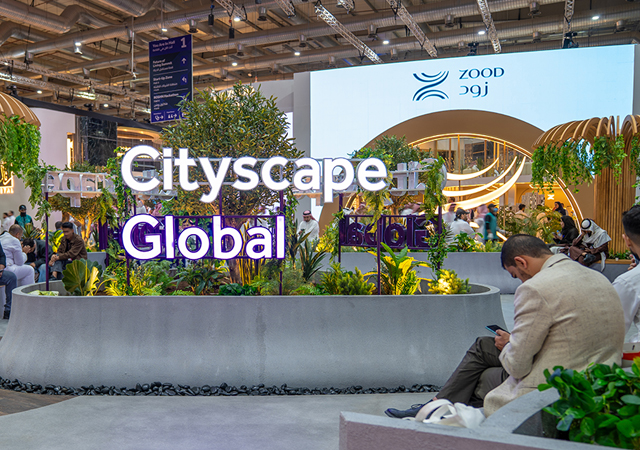
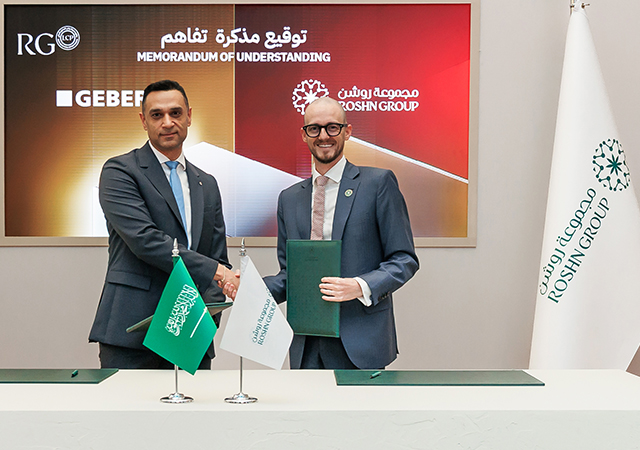
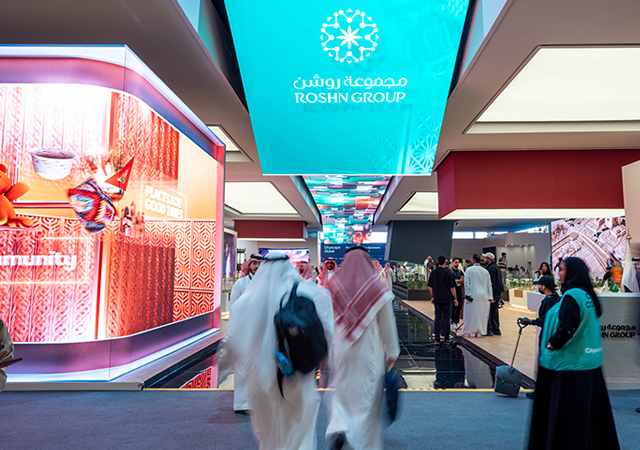
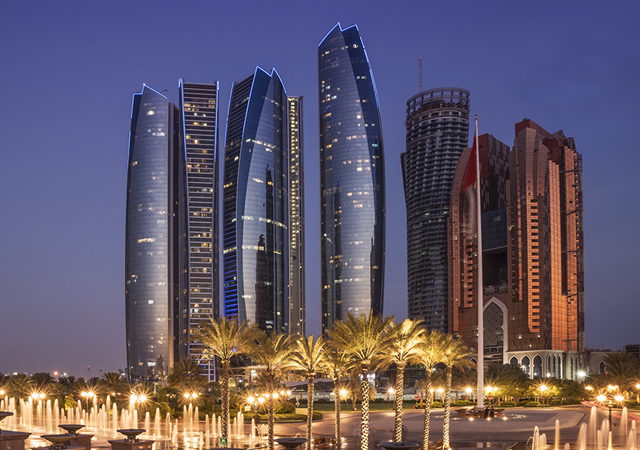
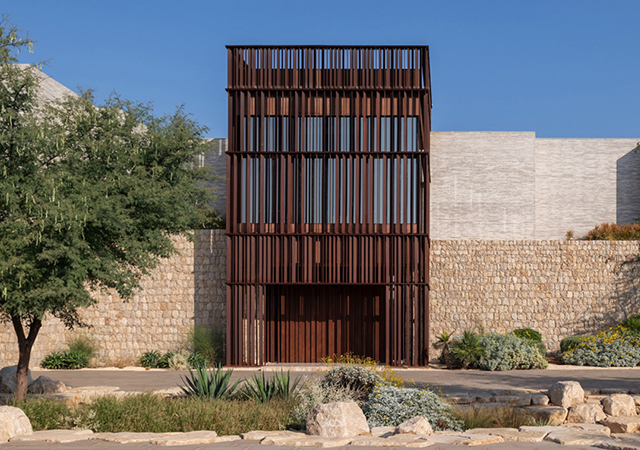
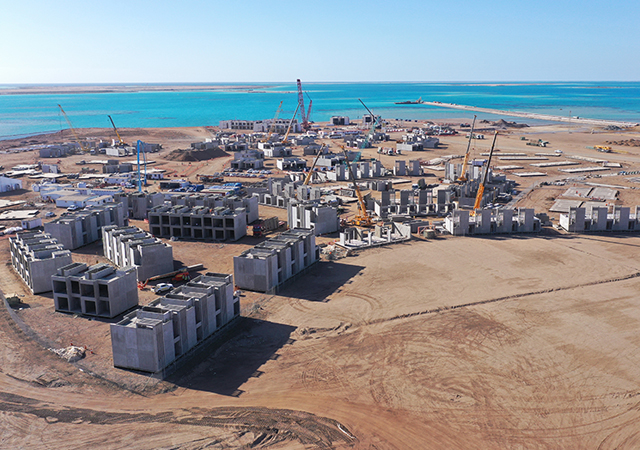

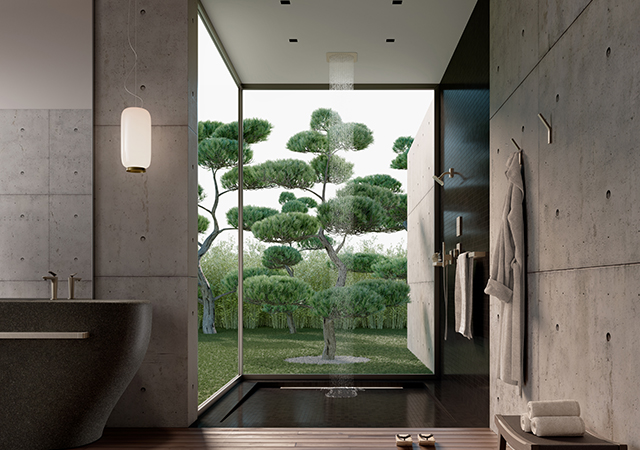
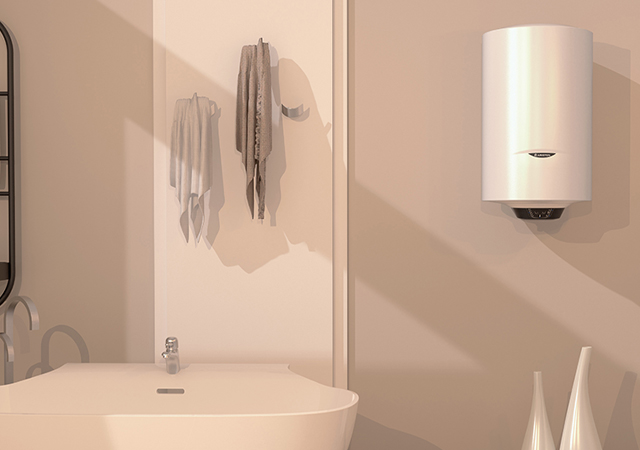
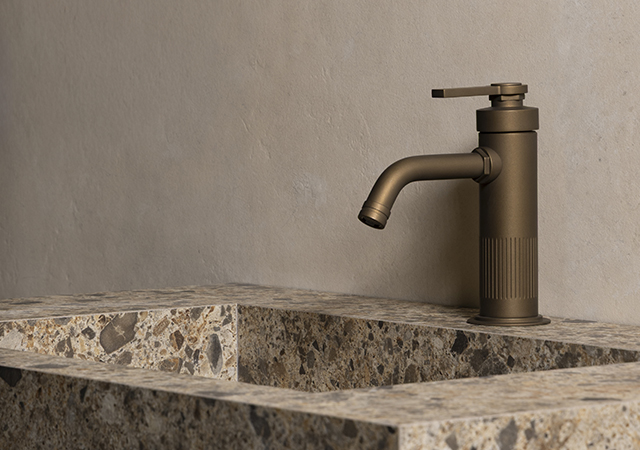

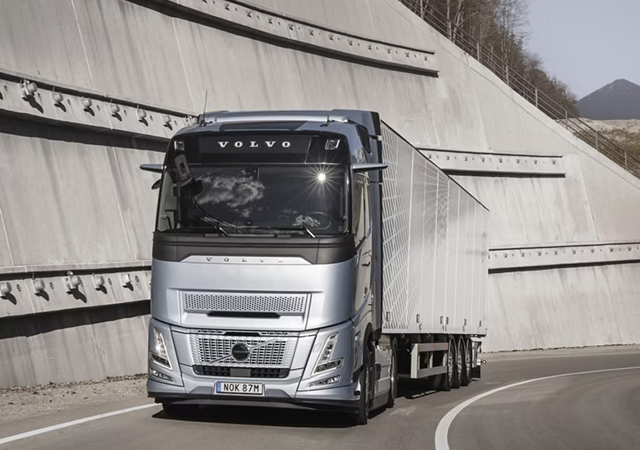
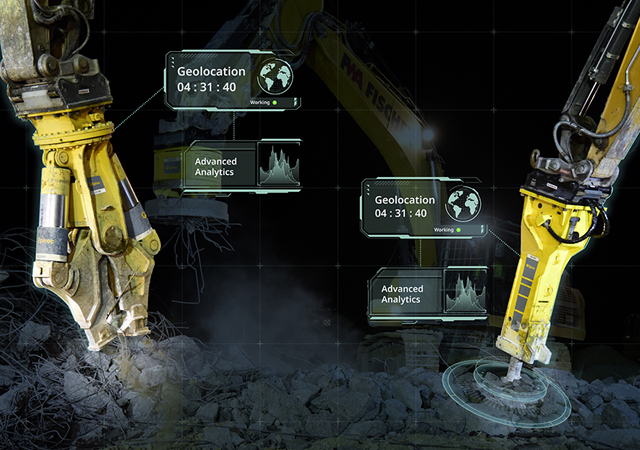
 (1).jpg)

